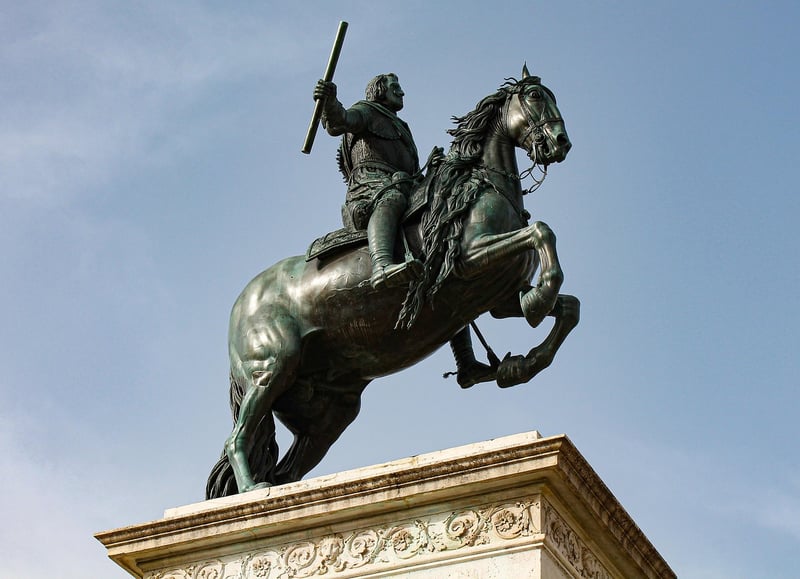Historical Etiquette
Guidance for Time Travelers: Navigating Historical Etiquette

Introduction
Welcome, time travelers, to a guide on navigating the complexities of historical etiquette. As you journey through different time periods, understanding the social norms and customs of the past is crucial to blending in seamlessly and avoiding any unintended faux pas.
Victorian Era
In the Victorian era, proper etiquette was highly valued. When engaging with individuals from this period:
- Address women as "Mrs." or "Miss" followed by their last name.
- Men should tip their hats as a sign of respect when greeting a lady.
- Avoid discussing controversial topics such as politics or religion at social gatherings.
Renaissance Period
During the Renaissance period, manners and etiquette were seen as a reflection of one's character. Here are some tips for navigating this era:
- Always greet others with a bow or curtsy depending on your gender.
- Engage in intellectual conversations about art, literature, and philosophy.
- Dining etiquette was crucial - use utensils correctly and follow the lead of your host.
1920s Jazz Age
The 1920s Jazz Age was a time of liberation and changing social norms. When interacting with individuals from this era:
- Flappers challenged traditional gender roles - embrace the spirit of rebellion and freedom.
- Attend jazz clubs and dance halls to immerse yourself in the vibrant culture of the time.
- Experiment with new fashion trends such as cloche hats and drop-waist dresses.
Conclusion
As you embark on your time-traveling adventures, remember to respect the customs and etiquette of each era you visit. By following these guidelines, you can interact with historical figures and navigate past societies with grace and ease.
Happy time traveling!
